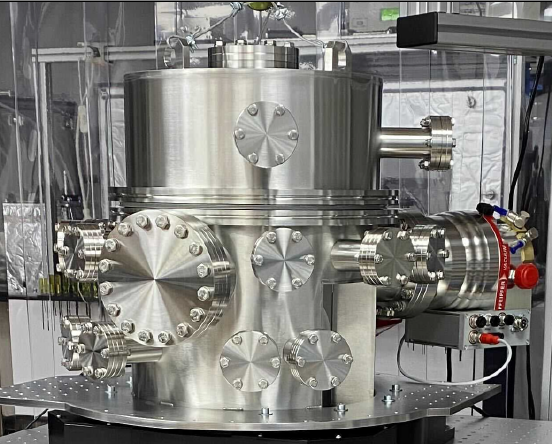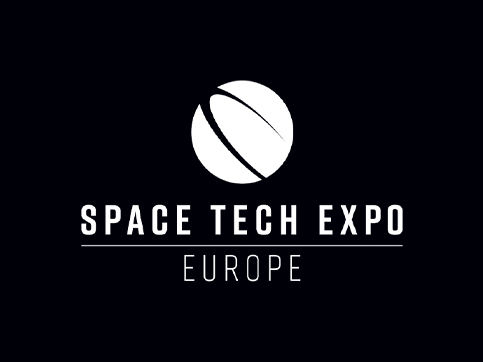Lidaris participates in NCCES conference
Lidaris participates in NCCES – New capabilities and countries in European Space Conference at ESA/ESTEC. We are happy to present new LIDT testing capabilities in vacuum environment featuring a unique possibility to monitor laser damage on both front and back surfaces simultaneously. The talk will be given at 15:50 on the 24th of May at Optics, lasers and their applications session.

Save the date: 22-24 May
Location: ESA-ESTEC, Noordwijk, The Netherlands
Session: Optics, laser and their applications
Talk: ESPRESSO II: Essential preparation steps for qualification longevity of Space Optics
Presentation at: 15:50 on 24th of May
Full Program: download here
The use of high-average power laser systems in space missions provides possibilities to observe, monitor, and understand complicated phenomena related to the Earth’s atmosphere, weather systems, and climate change, which is currently of the utmost importance. Optical elements used within the laser system should withstand a considerable optical intensity load – several billions of high-energy laser pulses. If laser optics is damaged, the performance of the laser can be seriously reduced or even destroyed. Since there is almost no possibility to repair the degradation of optics in orbit, the damaged optical element might lead to the failure of the whole space mission. Therefore, early screening for damage to the optics used for a space mission is a crucial procedure. The parameter, that characterizes an optic’s ability to withstand intense laser irradiation is the so-called laser-induced damage threshold (LIDT). The LIDT depends on the working environment. Thus, in order to meaningfully characterize laser optics for space applications, the LIDT testing should be performed in a vacuum. Furthermore, many of the optical elements used in space-borne laser systems are transmissive. When intense laser irradiation passes through the transmissive optical element, damage can be induced not only on the front- but also on the back side of the optical element. There is a lack of knowledge of how back-side laser-induced damage should be monitored and analyzed. This need is addressed in the PECS project ESPRESSO II (ESPRESSO – ESsential PREparation Steps for qualification longevity of Space Optics II).
In the conference we present the main achievements of the project, which is a custom-developed vacuum system dedicated to LIDT testing. It features a unique capability to monitor back-side laser damage. Testing capabilities and primary measurement results will be presented to show the suitability of the developed testing system for space optics characterization.
So, if you intended to use laser optics in space, don’t miss out our talk!
Book a call
If You will not be able to participate, but would like to know more, feel free to reach out!
You can book a 30min call right now.
We will be glad to have a chat about your challenges and dig deeper into your needs.



